Plastic runway, also known as all-weather athletic track, is composed of polyurethane pre-polymer, mixed polyether, waste tyre rubber, EPDM rubber granules or PU granules, pigments, additives and fillers. The plastic runway has the characteristics of good flatness, high compressive strength, appropriate hardness and elasticity, and stable physical properties, which are conducive to the speed and technical performance of athletes, effectively improving sports performance and reducing the fall injury rate. The plastic runway is made up of materials such as polyurethane rubber, which has certain elasticity and colour, and has certain anti-UV ability and ageing resistance. It is internationally recognised as the best all-weather outdoor sports ground surface material.
Is the plastic runway toxic?
Domestic plastic runways are generally made of polyurethane, supplemented by pigments and additives. The quality of polyurethane, generally will not volatilise harmful substances. Polyurethane is a chain-like molecule polymerised with two monomers: polyether polyol and diisocyanate. If these two monomers are fully polymerised, then polyurethane itself is not harmful. The point is that poor quality polyurethanes contain more of these two incompletely polymerised monomers, which are one of the sources of harm to humans.
How do you test for 'toxicity'? Read more
Conventional testing methods include: the sunlight exposure test for vulcanised rubber under glass, the determination of the content of rubber and rubber products, and thermogravimetric analysis. For the general public, the easiest way is to smell by the nose. If there is an odour, it is most likely due to the evaporation of harmful residues from the plastic runway.
A2.jpg
Why are most primary and secondary schools in Japan and Korea having sandy runways? More
First of all, most of the schools in Japan and Korea are public schools, and it costs a lot of money and material resources to lay plastic runways, so the school authorities retain the sandy ground in order to maximize the benefits; secondly, once they encounter poor quality plastic runways, there will be toxic gas volatilization, and most of the primary and secondary schools in Japan and Korea have not built plastic runways for health reasons.
Content collation bug catching action
Chinese name plastic runway foreign name tartan type breathable hybrid composite all-plastic main materials polyurethane pre-polymer, mixed polyether, etc. features high compressive strength, hardness elasticity appropriate scope of application indoor, outdoor and other sports/activity venues
Contents
1Construction standards
2Runway characteristics
3Price estimation
4Maintenance management
5Main components
6Scope of application
7Main classification
8Main materials
9Maintenance knowledge
10Standard queries
11Related laws
12National Standards
13Related reports
Construction standards
A standard runway is 400 metres in length and consists of two parallel straight tracks and two curves of equal radius. With the exception of grass tracks, the inner side of the track should be divided by a protruding edge made of suitable material. The edge should be approximately 5 cm high and at least 5 cm wide.

2. The length of the runway should be measured 30 cm beyond the outer edge of the inner edge. If there is no protruding edge the measurement should be taken 20 cm beyond the outer edge of the marker. Note: The IAAF Handbook for Athletics Facilities contains all technical information on runway construction, design and marking. These rules give the basic principles that should be followed.
3. In all track and field events up to 400 metres, each athlete shall occupy a split lane with a minimum width of 1.22 metres and a maximum width of 1.25 metres and a split line of 5 centimetres, all of which shall be the same width. The length of the first division shall be measured as specified in paragraph 2 above and the length of the other divisions shall be measured 20 cm beyond the outer edge of the inner division line.
Note: The width of the split shall include the right-hand split line
The plastic runway is constructed on an asphalt or concrete base, and the base practice is approximately the same as that of road construction. The surface flatness of the foundation is required to ensure that the thickness of the plastic surface layer is consistent and the elasticity is uniform, and the quality requirements for the foundation are as follows.
Slope: horizontal <1% (curved road 8‰, straight road 5‰, semi-circular area 5‰), vertical <1‰, jump height area <0.4%, the surface should be flat and smooth, smooth drainage.
Levelling: the passing rate of levelling is above 95% and the error of 3m straightedge is 3mm.
Positioning: For accurate construction and line drawing, four semi-circular tangent points and two circle centres of the runway site should be marked out with firm and distinctive markers.
Drainage: The drainage system must drain the water two hours after heavy rain. In frozen areas, a buffer layer of geotextile should be added between the asphalt and gravel layers. The foundation along the drainage trench should be specially waterproofed.
Strength and stability: The foundation should have a certain strength and stability, with an even and solid surface, no cracks, no rotten edges and straight and smooth joints. The bedding layer is compacted with a degree of density greater than 95%, and there are no significant wheel tracks, loose floating soil or waves after being pressed by a medium-sized roller.
Runway characteristics
Colour: special polyurethane granules, soft surface colour, granular surface, prevent reflection of dazzling and harsh sunlight, beautiful and durable, and can be used with multiple colours.
Economy: easy to maintain and save on management costs.
Safety: prevents sports injuries caused by falls.
Adhesiveness: special construction treatment, strong adhesion, no bubbles, no peeling, etc.
Flatness: construction using self-levelling materials, the surface is flat and can meet the requirements of particularly flat playing fields.
Impact resistance: A strong elastic and cushioning layer absorbs strong impacts without damage to the surface.
Spike resistance: no damage from spikes or starters at the most heavily used 100m starting points.
Abrasion and shrinkage resistance: no inability to recover elasticity due to heavy pressure from athletics equipment.
Abrasion resistance: wear resistance of less than 2.5%, meeting the needs of schools at all levels for long periods of time and high frequency of use.
Impact absorption: moderate absorption of foot impact to reduce sports injuries, suitable for long-term training and competition.
Price estimate
1.
Plastic runway
Plastic runway
The price of mixed plastic runway is generally around 190/sqm
2, cement foundation cost about 120 yuan (asphalt foundation to be more expensive about 200 or so), cement concrete foundation C20 thickness 15 cm, foundation in order for the original soil ramming - three seven gray soil 20 cm - gravel stabilization layer 15 cm - C20 concrete; asphalt concrete foundation 7-10 cm AC-8, AC-10 asphalt aggregate, foundation in order for the original soil ramming - three seven gray soil 20 cm - inorganic material stabilization layer 15 cm - asphalt concrete. Inorganic material stabilisation layer 15 cm - asphalt concrete.
Maintenance management
1、After the completion of the plastic runway paving, it is necessary to maintain it for 7-10 days and then it can be used.
2, plastic runway in a certain drainage equipment conditions, adapt to all-weather use. The plastic runway is used for sports practice, competition and students' static and fitness training, not for other purposes.
3, prevent the purification of harmful materials, often maintain clean, prevent violent mechanical impact and friction, runway is not allowed to drive vehicles, pile up heavy and sharp objects (except for standard running shoes). The sport must wear special spiked shoes, the length of the spikes individually does not exceed 7 mm, jump shoes individually does not exceed 11 mm. If the spiked shoes have longer spikes, they are not allowed to be used on the plastic track.
4. to prevent temporary loading.
5、Prevent smoke and fire and isolate the heat source, prevent contact with organic solvents, chemicals, cigarette butts and other fires, purification materials, etc.
6, should often be cleaned with water spray, after cleaning the rubber surface a large number of residual water can be removed with a dry cloth. If it is stained with oil, it can be cleaned with 10% ammonia or detergent or washing powder.
Main components
The main components of the plastic runway are acrylic acid and high quality resin, which are similar to the convenience bags for food. The raw materials are certified by the National Plastics Industry Association and are non-toxic and non-harmful to the environment and human body. It is also UV-proof, anti-wear, anti-burst, anti-ageing, long life, easy to maintain and low maintenance costs.
Scope of application
Used for kindergarten at all levels and all kinds of schools and professional stadiums, athletic field runway, semi-circular area, auxiliary

The area is used for the training track of indoor gymnasium, the road pavement of playground, indoor and outdoor running track, tennis, basketball, volleyball, badminton, handball and other venues, parks, residential areas and other activity venues.
Main classification
Generally speaking, the runways are usually referred to in schools of all levels and professional stadiums
The standard runway has a perimeter of 400m and a radius of 36.5m (there are also 36m and 37.898m). The non-standard runway refers to the radius and perimeter of the playground according to the shape and size of the playground area, and the common ones are 200m and 300m.
And the plastic runway according to its construction of the structure, with materials can be divided into.
Prefabricated plastic runway plastic runway mixed plastic runway composite plastic runway breathable plastic runway EPDM plastic runway
Prefabricated plastic runway and all-plastic plastic runway is the common type of professional athletic sports field because of its incomparable performance, but its high price is not affordable for general schools and universities.
Mixed plastic runway and composite plastic runway performance between all-plastic and breathable, the price is slightly lower than all-plastic and other plastic runway, but also higher than breathable, with higher requirements for the foundation.
The performance of breathable plastic runway can fully meet the indicators of GB/14833-93, and is breathable.
The performance of permeable plastic runway can fully meet the index of GB/14833-93, and it is also permeable, short construction period and easy to maintain and renovate, which is the most cost-effective and the first choice for primary and secondary schools.
EPDM plastic runway is mainly used in primary schools or kindergartens and other non-standard runways.
All-plastic plastic runway
Product characteristics.
The main material is two-component polyurethane, the base layer is natural rubber and artificial rubber, mixed with mineral filler, stabilizer and colouring material, and hardened at 280-300℃ with sulphur. Combining sports science and material science, it can fully meet and reflect the professional requirements of athletes and participants for the runway.
Solvent-free plastic runway
Solvent-free plastic runway process description.
Solvent-free plastic runway is an environmentally friendly plastic runway made of non-toxic sports surface material, which belongs to the diphenylmethane diisocyanate (MDI) system.MDI synthetic surface material is solvent-free, odourless and non-polluting water-based polyurethane runway material. It is an environmentally friendly sports paving material that eliminates the toxic TDI system polyurethane runway material, with advanced performance, high-tech content, safety, renewable, suitable for use under various conditions and less harmful to human beings. Its specific features are as follows.
1: TDI-free, no toxic volatile solvents such as benzene, toluene and xylene, no plasticizers, no heavy metals and other harmful additives, no volatile odour, friendly to the human body and the environment, fully in line with environmental requirements.
2: Convenient construction, strong adhesion, high laying efficiency, fast curing speed, adaptable to different construction requirements such as spraying or mechanical paving, no odour during the laying process, does not affect the normal teaching activities of the school and the normal life of the surrounding residents.
3: No odour and no emission of any harmful substances after putting into use, reducing pollution to the environment.
Prefabricated
Prefabricated runway paving process description.
Safe, environmentally friendly, excellent weather resistance, economic
durable, multi-coloured effect. It is easy to install, just use the special adhesive provided by us, under a small amount of manpower and mechanical conditions, the runway coil can be paved on a dense foundation, and the runway can be put into normal use after 24 hours of installation. It is maintenance free.
Hybrid
Mixed runway paving process description.
The plastic runway paving construction process is a three-step construction method for paving. Firstly, add the right amount of rubber particles in the rubber solution, pave the base rubber thickness of 8mm, wait for it to cure, then pave the rubber solution of 2mm thickness on top, scatter the red granules evenly by hand, recycle the extra rubber particles, and finally spray a layer of rubber solution on top.
Process sketch.
Clean up the site → base glue ingredients → mixing and stirring → paving → defoaming → curing → surface glue ingredients → mixing and stirring → paving → defoaming → scattering granules → recycling glue granules → rolling glue → measuring and drawing lines → testing point lines → completion
2、Paving process description.
(1) First check the levelness of the foundation layer and level the concave and convex parts (e.g. cement concrete foundation needs to be acid washed).
(2) Base rubber laying.
Before laying the base rubber first clean the foundation base and prepare the tools for construction.
a) Measure out the position of the construction line and place the construction line according to the process requirements.
b) When laying, start from one side of the site and scrape the glue at once according to the width of the site.
c) Scrape the glue at an even speed and make up the glue or scrape the bottom, depressions and bumps in time.
d) Check the whole field after the glue is formed to ensure the thickness of the surface glue.
(3) Spreading of surface glue.
a) Try to shorten the interval time of each barrel of glue when scraping, so that the speed of glue formation is uniform.
b) Always observe the thickness of the glue surface.
c) Scrape the surface glue, sprinkle red granules on the surface glue before it cures, and sweep the excess surface glue granules clean after it has completely cured.
Breathable
Product characteristics.
1. Meets national standards. Mechanically laid and mechanically sprayed, excellent flatness and no de-granulation.
2、Pore space, water permeable, breathable, excellent elasticity, no blistering phenomenon.
3, can be used all-weather, strong wear resistance, good weather resistance, compression resistance, good impact resistance, strong and durable.
4、Economic price.
Construction steps.
1, site cleaning, concrete primer, asphalt surface scraping
2、Machine laying base layer 11mm thick, one-component adhesive + rubber granules
3、Machine spraying surface layer 1.5mm thick, one-component adhesive + EPDM granules, then spraying in the opposite direction once.
4、Runway measuring, sampling and marking lines.
5、Cleaning and retreating from the site.
Technical specifications of construction.
Specific gravity marked value ±0.10
Hardness (HS) 45~65
Tensile strength(kgf/c㎡(Mpa)25(2.45)or more
Tear strength (kgf/cm(N/mm) 10 (98) or more
Elongation %250 or more
Compression permanent deformation %35 or more
Abrasion resistance %2.5 or less
Hardness (HS) Variation of original hardness value ±5
Composite type
The hybrid surface layer and breathable base layer are produced in combination, which can shorten the construction period and reduce the cost by not shedding particles.
Self-texturing
One base layer: polyurethane mix with black rubber granules.
The elasticity, hardness and friction can slow down the impact of the impact on the joints of human legs when the feet are on the ground, and can make the human body gain kinetic energy continuously forward. It meets the latest IAAF standard of 35% to 50% shock absorption.
Three surface layers: self-kinked pattern slurry, it is pure glue liquid (flower slurry) plus diamond sand powder and accelerator mixing, with professional machine spraying up, after several hours reaction, it naturally forms pure polyurethane material slurry by itself, anti-skid surface layer. This process can not only overcome the characteristics of polyurethane material self-levelling, but also retain the weathering and ageing resistance of polyurethane material, and at the same time overcome the common problem that polyurethane runway is easy to drop particles. Abrasion resistance, uniform surface particles, even force, clear and full delineation, neat and beautiful, environmentally friendly products.
Main materials
Two-component polyurethane slurry - mainly used for
Plastic runway
Plastic runway
All-plastic plastic runway, mixed plastic runway, composite plastic runway
One-component polyurethane glue - mainly used for composite plastic runway, breathable plastic runway, EPDM plastic runway
PU granules, EPDM granules, black waste tyre granules, etc.
Maintenance knowledge
The plastic runway is beautiful and durable, and if it can be maintained regularly, its service life will be greatly extended. The following points should be noted in the daily use and maintenance.
After the completion of the plastic runway paving, it needs to be maintained for 7-10 days before use.
Plastic runway with certain drainage facilities, adapt to all-weather use, plastic runway as athletes training, competition and student sports and fitness exercise, not for other purposes.
The plastic runway should avoid the pollution of harmful substances and violent mechanical impact and friction, no vehicles are allowed to drive on the runway, pile up heavy objects and sharp objects, etc. Athletes must wear special sports shoes or sneakers. Jumping shoes must not exceed 12mm, and if the sports shoes come with longer spikes, the length of the sports shoes spikes must not exceed 9mm.
Special care should be taken to protect the edges of the plastic track and not to lift them at will. If you find that the teeth are damaged and blistered, you should notify the construction unit to repair them in time to avoid more serious damage.
Keep the plastic runway clean, often wash with water spray. After washing a small amount of residual water on the rubber surface can be wiped away with a dry cloth. If the plastic runway stained with oil, available 10% ammonia or detergent, washing powder and other scrubbing clean.
Polyurethane plastic material construction process is the most afraid of water, mastic in the initial curing before encountering a drop of water will produce a large bubble, so the construction staff in high temperature conditions to prepare towels to wipe sweat. When laying the glue surface, you must be aware of the weather conditions and take contingency measures to prevent sudden rain showers. Paving time to avoid the morning atmosphere and ground humidity, even in the normal working days of sunny weather, generally best in the morning after nine o'clock formal laying, plastic runway laying.
The solid thickness of the rubber surface is the centre of the rubber particles from the bottom to the surface, which is generally controlled from two aspects. Firstly, the thickness size is pre-checked through the standing mould, and the local high place of the grass-roots level is repaired and cut or hammered for tamping low. If not much higher, can use flat scrapers on the addition of the card away from the mold scraping slurry to ensure the thickness, the 11th Asian Games North suburban competition field plastic runway main race area to ensure the thickness, error control for positive difference, so the average thickness of 14MM or more.
Prevent the local blistering and shelling after the rubber surface is paved, the compactness of the grass-roots level should be strictly controlled to prevent the asphalt base layer from being embedded and squeezed, and the shelling and delamination, resulting in poor bonding force, surface gasification and the rubber surface being pulled off. If the base layer is not dense enough, it can be reinforced by drilling holes and filling with glue (rubber nails).
In order to ensure the flatness and slope, after the moulding strip is nailed, the level is used to simulate the correction, and the individual high places of the base are first levelled and the individual low places are filled with rubber.
Areas of the base contaminated and corroded by diesel fuel are firmly dug out and filled in with glue.
Questioning the standard
Chen Lei, deputy secretary-general of the National Athletics Association's Field Management Centre, said in an interview with reporters: "There is no scientific basis for the 0.7% standard. Some people proposed that our country had been tested in 1995 according to international testing standards, and the test results of all indicators are in line with international standards, but the testing machines are different, so it is difficult to say that this test result is scientific."
Chen Lei said, "At present, China's acceptance of the plastic runway is mainly the testing of its physical indicators, while the chemical indicators of environmental protection have not been, in the long run, the introduction of international testing standards is the most scientific, although some low-qualified enterprises will not be able to enter this 'threshold', but only in this way This is the only way to prevent some potentially harmful plastic runways from being muddled through."
Wang Zheguang, a teacher at the China Youth Politics Academy, objected to the statement that "as long as it does not exceed 0.7 per cent or more of the standard for interior decoration, a plastic track will not cause any harm to humans". For paints and other general coatings, there is an international standard of no more than or equal to 0.5%. In his article "Environmental Protection Issues Overlooked in the Measures for the Treatment of Beijing's Atmospheric Environment in the "Green Olympics" - Environmental Hazards and Countermeasures for the Large-Scale Paving of TDI Polyurethane Runways in Schools", he writes, "The TDI polyurethane runways that are commonly paved at present are made of The TDI polyurethane runway contains a variety of toxic and harmful chemicals in its raw materials, which will release toxic gases under the temperature above 20 degrees Celsius or ultraviolet radiation. If it is laid by some people who do not have professional knowledge, or if the reaction of toxic substances is incomplete during the laying process, this kind of plastic runway will become a 'toxic gas tank'."
Related Laws
Chapter I General Provisions Article 1 In order to strengthen the construction and management of sports facilities, develop sports undertakings, enhance the physical fitness of the people, improve the level of sports, and promote the construction of socialist material and spiritual civilization, these Measures are formulated in accordance with the provisions of the Sports Law of the People's Republic of China and other relevant laws and regulations, taking into account the actual situation in the province.
Article 2 The sports facilities referred to in these Measures refer to sports venues, buildings and their supporting equipment used for sports training, competition and fitness activities and constructed according to the standards stipulated by the State, including.
(a) public sports facilities invested or financed by the state and open to the public; (b) sports facilities used internally by state organs, social groups and enterprise organizations; (c) various types of operational sports facilities.
Article 3 The planning, construction, use and management of sports facilities within the administrative region of this province shall apply these measures.
Article 4 The planning and construction of sports facilities shall follow the principles of co-ordination, reasonable layout, standardization and practicality and convenience to the masses.
Article 5 People's governments above the county level shall strengthen the leadership in the planning, construction, use and management of sports facilities, incorporate the construction of public sports facilities into national economic and social development plans and organize their implementation.
Article 6 The administrative department of sports of the people's government at or above the county level or an agency authorized by the people's government at this level (hereinafter collectively referred to as the administrative department of sports at or above the county level) shall be responsible for exercising supervision, inspection and guidance over the construction and management of sports facilities within its administrative region.
Other relevant departments of the people's governments at or above the county level shall, within their respective areas of responsibility, do the work relating to the construction and management of sports facilities.
Article 7 The people's governments at or above the county level shall give commendations and awards to organizations and individuals who have made contributions to the construction and management of sports facilities.
Chapter II Planning and Construction Article 8 People's governments above the county level shall incorporate the construction of urban public sports facilities into the overall urban planning and the overall land use planning in accordance with the national regulations on land quota indicators for urban public sports facilities.
Newly built, reconstructed and expanded urban residential districts shall reserve land for public sports facilities in accordance with national planning regulations.
The construction of public sports facilities in townships shall be incorporated into township construction plans.
Article 9 People's governments at or above the county level shall co-ordinate the arrangement of funds for the construction of public sports facilities, include funds for sports capital construction in the financial budgets and capital construction investment plans at this level, and gradually increase the investment with the development of the local national economy.
Schools shall allocate sports facilities in accordance with the standards prescribed by the educational administrative departments under the State Council. Where sports facilities do not meet the prescribed standards, measures should be taken to gradually meet the prescribed standards. In towns with a relatively high concentration of schools, sports activity centres for primary and secondary schools shall be established gradually.
State organs, social organizations, enterprises and institutions shall build sports facilities in accordance with local conditions.
Article 12 The area of public sports facilities in newly built, reconstructed and expanded urban residential areas shall meet the standards prescribed by the State. The construction of public sports facilities in rural residential areas shall conform to the actual situation in rural areas.
Article 13 Newly-built public sports facilities shall be subject to approval procedures in accordance with planning and construction project management procedures.
Alteration, expansion and demolition of public sports facilities shall be subject to the consent of the property owner. The demolition and relocation of public sports facilities located in central urban areas to remote locations shall be strictly controlled. The reconstruction of public sports facilities shall not be reduced in scale or changed in nature or use.
If public sports facilities really need to change their nature and use, they shall seek the opinion of the local administrative department of sports at or above the county level before fulfilling the planning and construction submission procedures, and shall first select a new site for repayment in accordance with the principle that the standard and scale of the original sports facilities shall not be lower.
Article 14 Newly built, altered and expanded sports facilities shall comply with national regulations on fire prevention, safety, health and environmental protection.
Large and medium-sized public sports facilities should have barrier-free facilities for the disabled.
Article 15 The construction of sports facilities must strictly implement the relevant technical standards stipulated by the State. The construction of operational sports facilities shall consult the local construction and sports administrative departments. Acceptance of the completion of sports facilities projects shall be attended by sports administrative departments at or above the county level.
Chapter III use and management Article XVI of the management unit of public sports facilities shall establish and improve the maintenance, use, safety and health and other management system, with dedicated personnel management. Sports facilities within state organs, social organizations, enterprises and institutions should have full-time or part-time management personnel, and establish a sound management system.
National Standards
The mandatory national standard "Synthetic Material Surfacing Sports Grounds for Primary and Secondary Schools", led by the Ministry of Education and drafted with the participation of dozens of research institutes and testing agencies, was revised over two years and came into effect on 1 November 2018. Drawing on relevant standards at home and abroad, the new national standard addresses the outstanding issues of safety, environmental protection and sports protection in the construction of synthetic material surface sports grounds, and comprehensively considers the main risk points in each aspect of the whole life cycle of synthetic material surface sports grounds in primary and secondary schools, and proposes various technical indicators that meet the requirements of green development, technological progress, industry norms and student health protection.
Compared with the relevant old national standards, the new national standard has not only changed from a "national recommended standard" to a "national mandatory standard", but also added many contents, including thickness requirements, physical properties, inorganic filler content requirements, anti-slip rubber particles polymer content requirements, finished surface layer The new national standard has been changed to a "national compulsory standard", with many additions, including thickness requirements, physical properties, inorganic filler content requirements, polymer content requirements for anti-slip granules, finished surfaces, limits of harmful substances, and limits of harmful substances for non-solid and solid raw materials. The reporter of the North Youth Daily saw that the new national standard made provisions for the limitation of 18 kinds of harmful substances that may be produced in the construction of plastic runways in schools, and limited the limit of volatile organic substances in the completed runways according to the home decoration standard. For example, in the "Limit of harmful substances and odour requirements in cast-in-place and prefabricated surfaces", the release of harmful substances shall not be higher than 5mg/m3 for total VOCs, 0.4mg/m3 for formaldehyde, 7mg/m3 for carbon disulphide, 0.1mg/m3 for benzene and 3 for odour. The new national standard also sets out detailed requirements for sampling, inspection rules and determination rules for plastic running tracks in primary and secondary schools. In addition, for the first time, artificial turf in schools is also included in the scope of mandatory testing under the national standard.





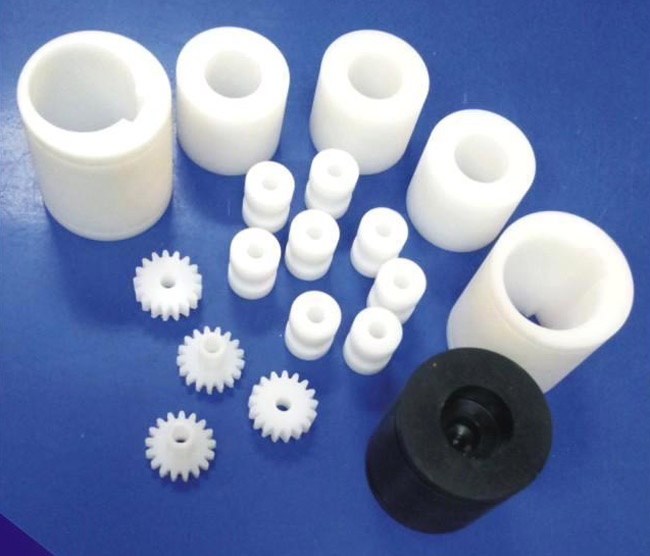


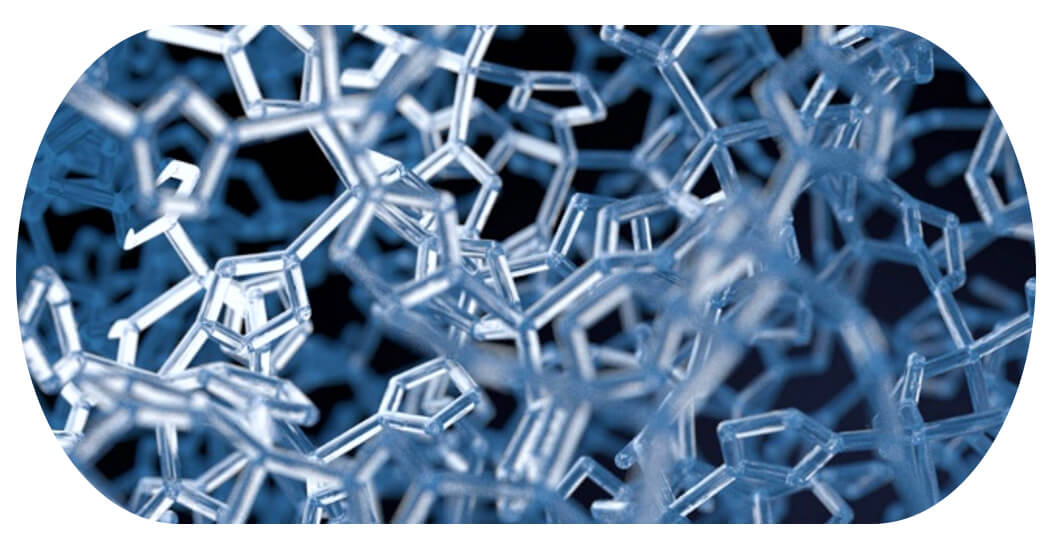
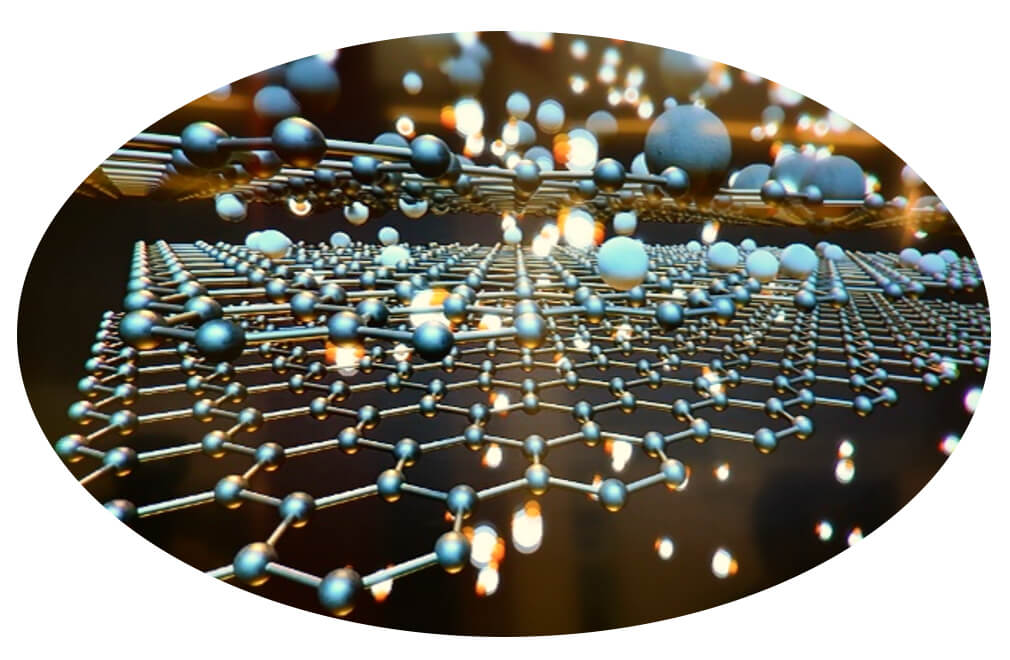


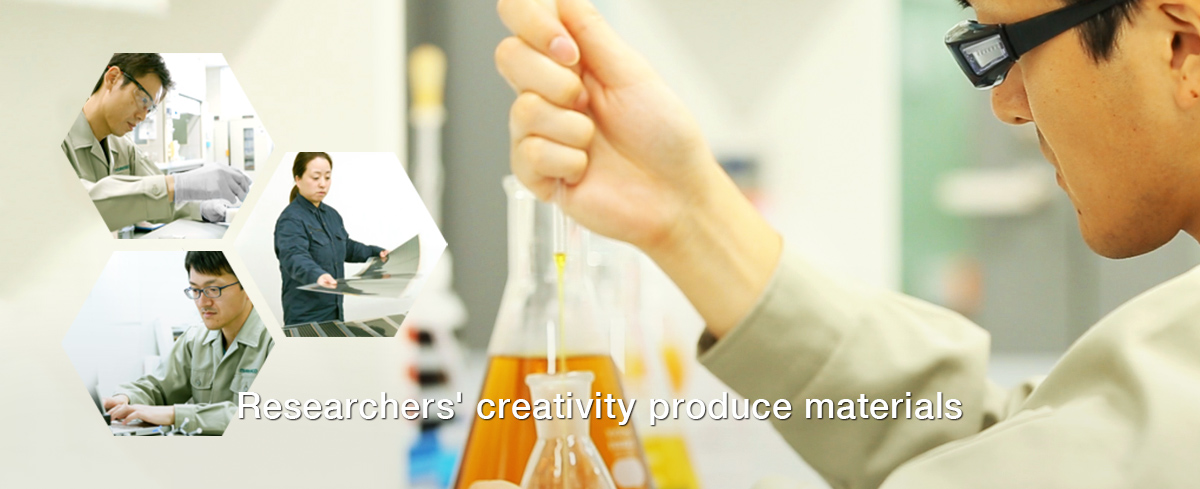





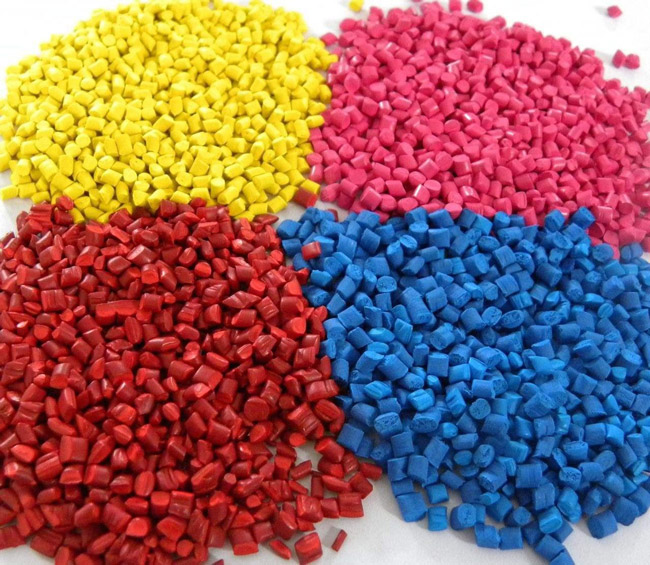

Comments